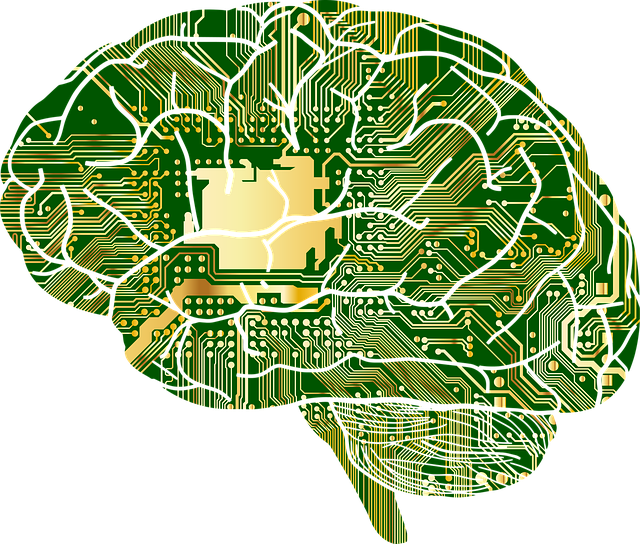1. Network theory
2. Signals and Systems
3. Object Oriented programming Using C++
4. Mathematics-III
5. Basic Electronics
6. Electrical and Electronic Materials

ECE
Third Semester
Introduction ( 8 Lectures )
Introduction to signals, their classification and properties, different types of systems, LTI systems and their properties, periodic waveforms and signal synthesis, properties and applications of Laplace transform.
System Modeling ( 8 Lectures )
System modeling in terms of differential equations and transient response of R, L, C, series and parallel circuits for impulse, step, ramp, sinusoidal and exponential signals by classical method and using Laplace transform.
Graph Theory ( 10 Lectures )
Concept of tree, Tie-set matrix, Cut-set matrix and application to solve electric networks. Two port networks – Introduction of two port parameters and their interconversion, Interconnection of two 2-port networks, Open circuit and Short circuit impedances and ABCD constants, Relation between image impedances and Short circuit and Open circuit impedances.
Network Functions ( 10 Lectures )
Network functions, their properties and concept of transfer impedance, Hurwitz polynomial ,Positive real function and synthesis of LC, RC, RL Networks in Foster’s I and II, Cauer’s I and II forms.
Introduction to passive filter and classification ( 4 Lectures )
Introduction of passive filter and their classification, frequency response, Characteristic impedance of low pass, high pass, Band Pass and Band reject prototype section.
Suggested books
1. “Engineering Circuit Analysis”, by W H Hayt, TMH Eighth Edition
2. “Network analysis and synthesis”, by F F Kuo, John Weily and Sons, 2nd Edition
3. “Circuit Theory”, by S Salivahanan, Vikas Publishing House 1st Edition, 2014
4. “Network analysis”, by M. E. Van Valkenburg, PHI, 2000
Introduction to Signal and System ( 10 Lectures )
Definition, classification of systems, standard test signal, properties of system, properties of linear system, Properties: linearity: additivity and homogeneity, Shift-invariance, Causality.
Linear time-invariant (LTI) systems ( 7 Lectures )
Linear time-invariant (LTI) systems, impulse response and step response, convolution, Characterization of causality and stability of linear time-invariant systems. System representation through differential equations and difference equations.
Laplace transformation
Laplace transform of some important function, Shift theorem and its application, Laplace transform of periodic signals, Functional analysis of response, Initial and Final value theorems, Response to periodic sinusoidal excitation, Region Of Convergence, Poles and Zeros of system, Laplace domain analysis, Solution to differential equations.
Analysis of Fourier Methods ( 9 Lectures )
Fourier series expansion, Functional symmetry condition, Exponential form of Fourier series, Fourier integral and Fourier transform, Multiplication and their effect in the frequency domain, Magnitude and Phase response, DTFT, Parseval’s Theorem.
Z-transformation ( 5 Lectures )
Z transform of Discrete time signal, LTI system, solution of difference equation, Application of Z transform to open loop system, Region Of Convergence, z-domain analysis.